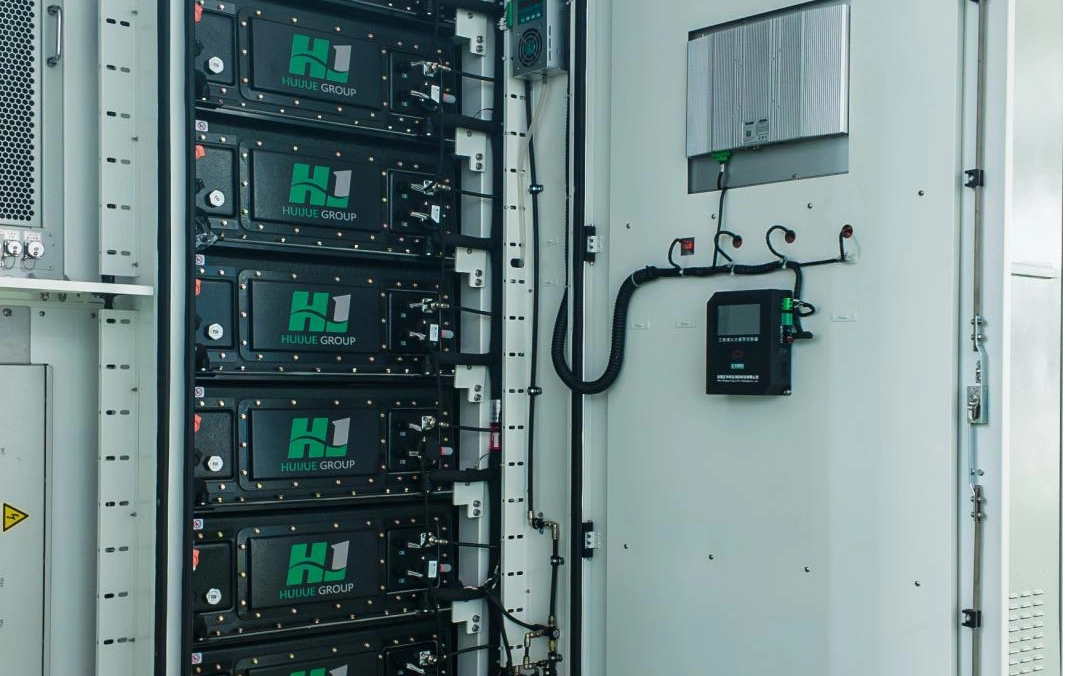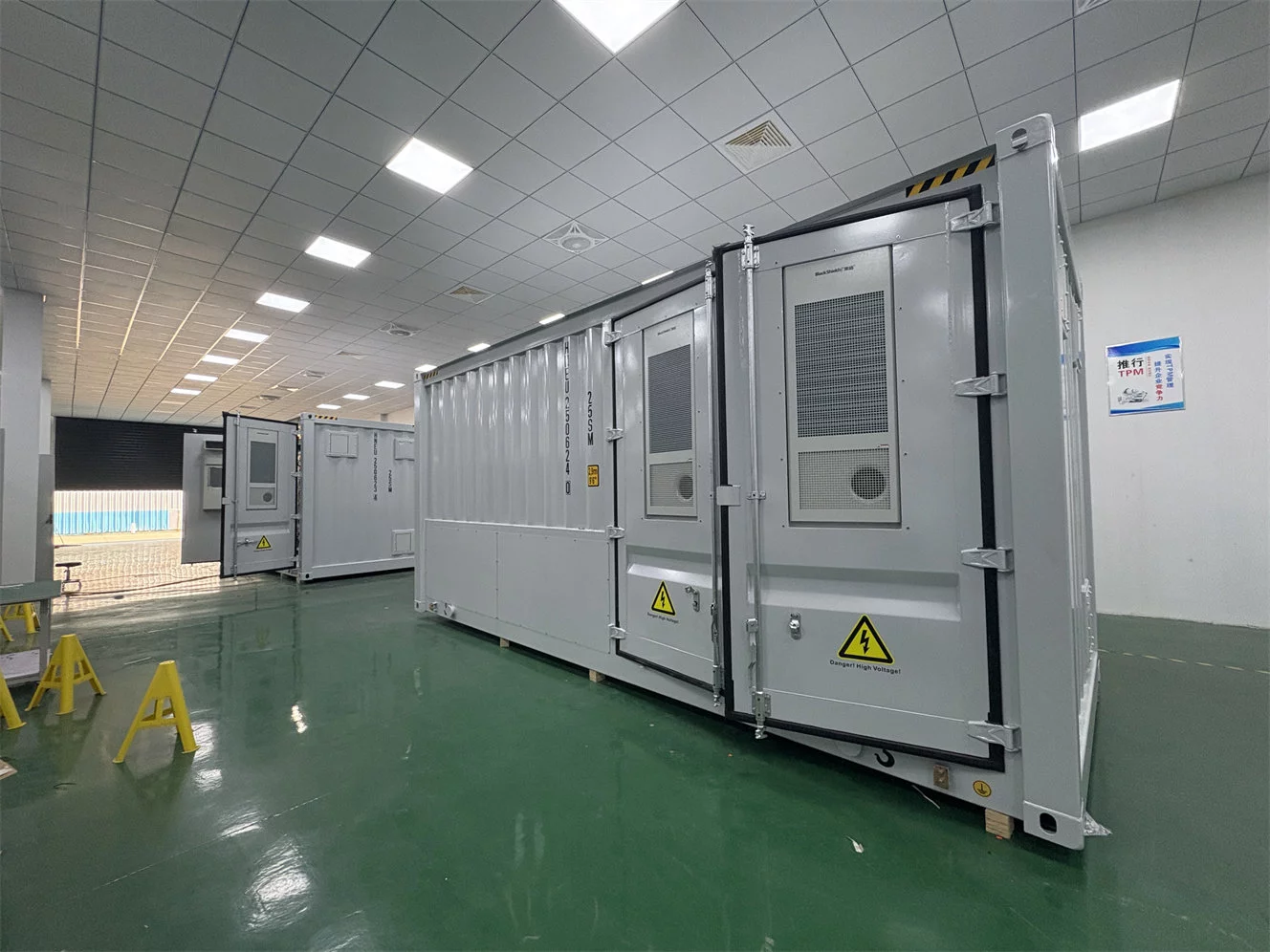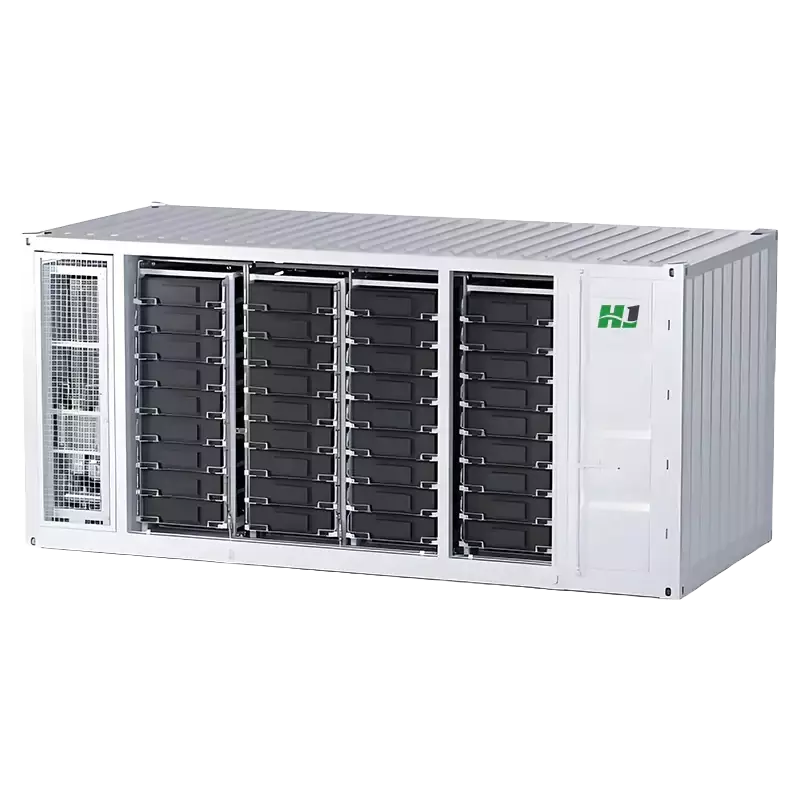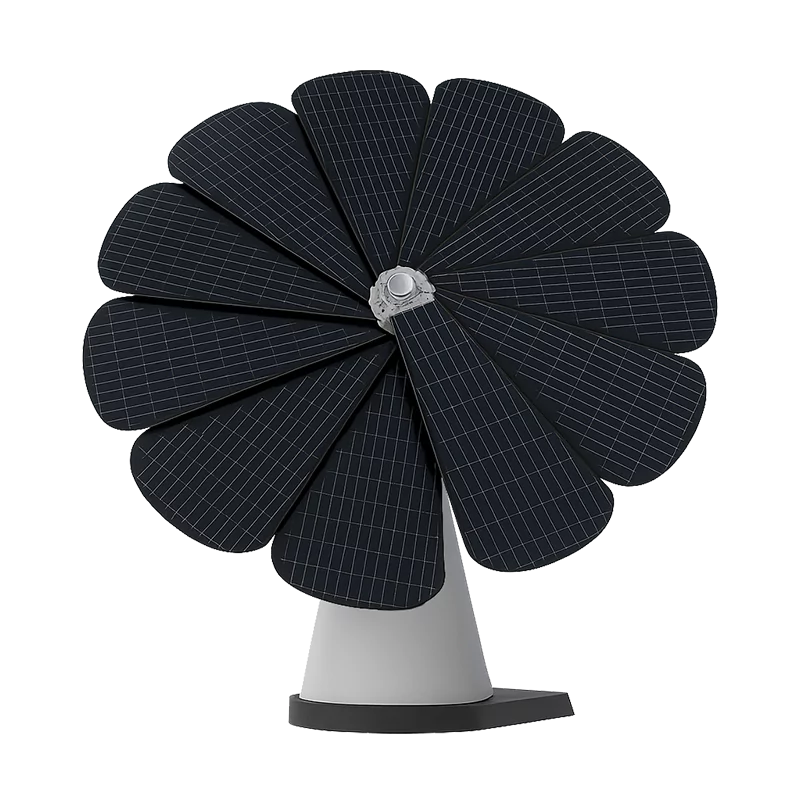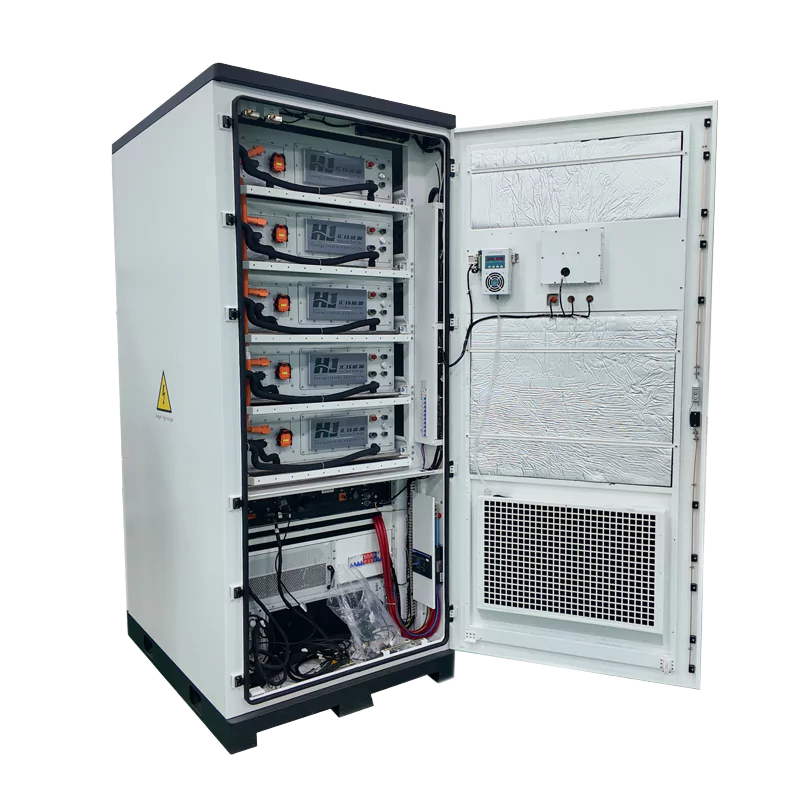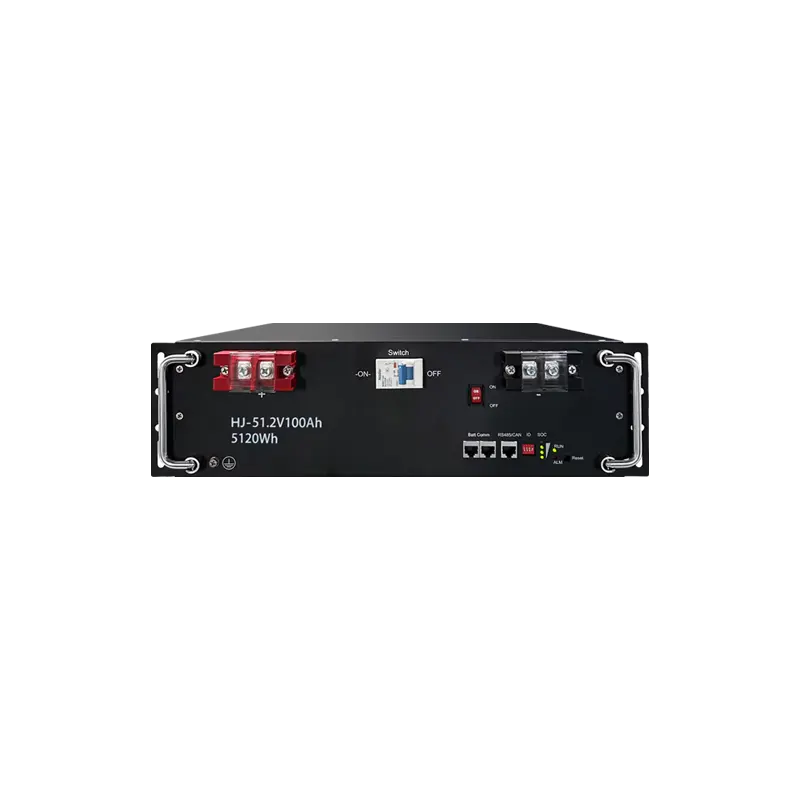BTS Storage in PJM Grid Peaking: Transform Grid Stability into Revenue
The PJM Interconnection, accountable for grid administration throughout thirteen states on the East Coast, faces sizeable challenges as electricity demand continues to rise during peak hours. As PJM struggles with volatility spikes, telecom operators have a special chance to play a quintessential function in stabilizing the grid and producing revenue. Battery Energy Storage Systems (BTS storage), built-in into telecom base stations (BTS), are rising as a key answer to this problem, providing each grid assist and monetary savings. This article explores how HighJoule’s BTS strength storage structures are remodeling the East Coast electricity landscape.
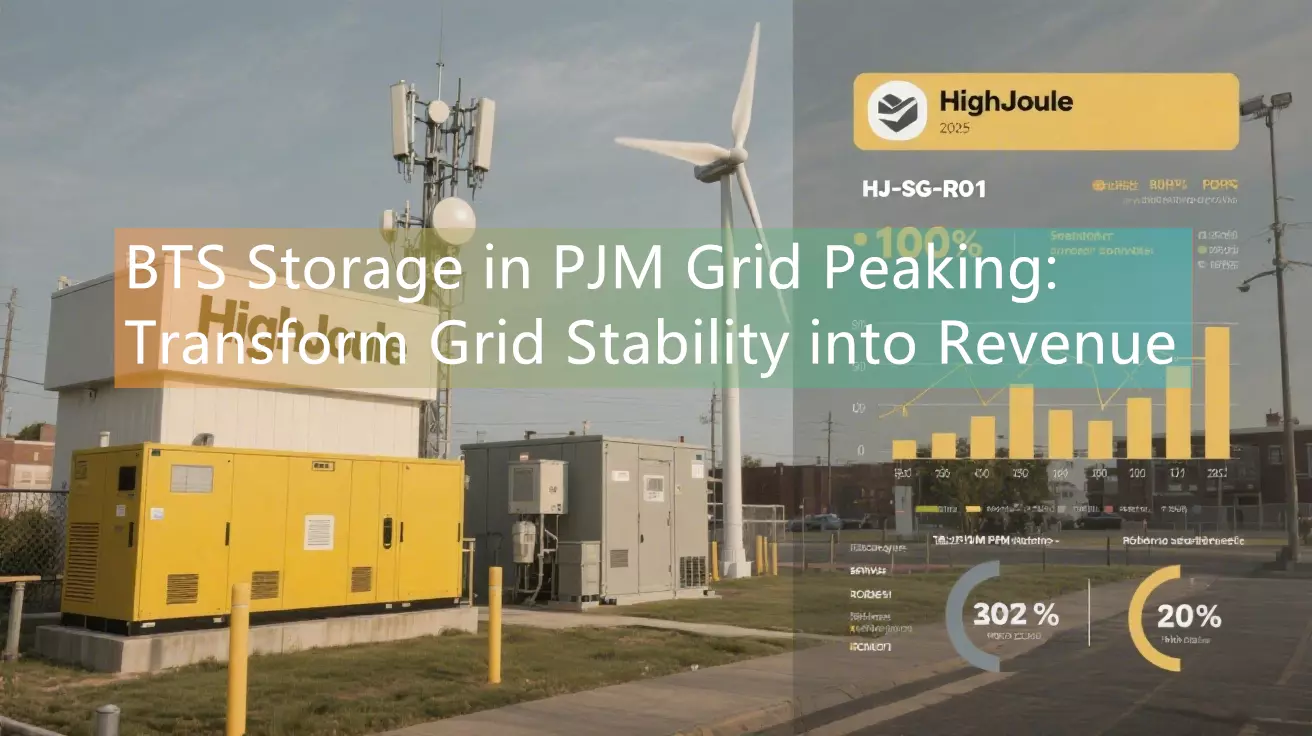
PJM Peaking: A Growing Problem for the East Coast Grid
PJM’s electrical energy market is fairly sophisticated, however the location faces considerable stress throughout top demand times, specifically in the summer. Rates can spike up to $250-$500/MWh in the course of crucial hours, making electricity fees for telecom base stations skyrocket. For instance, a normal cellphone web site eating 1,200 kWh per month may additionally face height surcharges of over $4,000 annually. On pinnacle of this, at some point of grid outages (common in storm-prone areas like the East Coast), telecom organizations regularly remember on high-priced and environmentally unfavourable diesel generators.
HighJoule’s Solution: Integrated BTS Energy Storage Systems
HighJoule has developed cutting-edge BTS power storage options customized to the needs of telecom operators in the PJM region. One of the standout products is the HJ-G100-215F out of doors storage unit—equipped with LFP (Lithium Iron Phosphate) batteries that supply over 2,500 cycles and 90% efficiency. These systems are designed to store solar and grid electricity during off-peak hours and discharge it during peak intervals (2 PM – 8 PM), providing immediate relief to the grid.
Key Specifications of HighJoule’s BTS Storage Systems:
- Rapid Response: The HJ-G100-215F affords a 100kW discharge capability, assembly PJM’s stringent sub-15-minute response necessities for demand response programs.
- Hybrid Flexibility: Paired with HJ-SZ03-05 photovoltaic micro-stations, these structures can be powered by means of photo voltaic at some stage in outages and even promote extra strength again to the grid by way of PJM’s Regulation Market.
- Disaster Resilience: In hurricane-prone areas, the HJ-NESS-125kWh sodium-ion gadget (with fire-resistant chemistry) ensures 72+ hours of backup power, improving catastrophe preparedness.
Earning Grid Incentives thru Battery Arbitrage and Ancillary Services
BTS storage structures provide telecom operators extra than simply financial savings on top demand charges. By participating in PJM’s Regulation Market and Emergency Load Response programs (ELRP), operators can generate additional income while helping stabilize the grid. For example, HighJoule’s Philadelphia-area task noticed a telecom operator join 10 web sites in PJM’s Emergency Load Response Program, incomes $36,000 yearly through shaving 60kW of height demand for the duration of summer time heatwaves.
Case Study: Verizon’s Deployment in Philadelphia
Challenge: High peak fees of $0.32/kWh and everyday summer time outages.
Solution: HighJoule’s HJ-SG-D03 machine (20kWh photo voltaic + 50kWh battery) with wind turbine backup.
Results:
- 100% uptime throughout 2025 Tropical Storm Hanna.
- $2,400/year saved on diesel costs.
- $1,800 earned with the aid of PJM’s Frequency Regulation Service.
Why HighJoule for East Coast Telecom Operators?
- Local Compliance: All structures meet NERC CIP-002 standards, making sure compliance with North American grid safety requirements.
- Modular Scalability: From small-scale 10kWh structures to 430kWh foldable containers, HighJoule’s BTS storage options cater to each city micro-sites and rural backhaul towers.
- Proven ROI: Average 3-4 12 months payback durations via a aggregate of tariff savings, demand response revenue, and prevented diesel generator costs.
PJM’s Evolving Energy Market: The Future of BTS Storage
The future of BTS storage is promising, especially with PJM’s renewable integration goals (25% solar by 2030) and the growing demand for grid stability solutions. HighJoule’s 2025 roadmap consists of AI-driven Energy Management Systems (EMS) that predict PJM congestion prices and optimize overall performance for telecom operators. Additionally, DC-coupled structures will enable for direct integration with 5G radios, disposing of conversion losses by using 12%.
Key Takeaways
- BTS storage structures supply a reliable, scalable, and worthwhile answer for grid administration in the PJM peaking market.
- Telecom operators can optimize electricity usage, decrease height demand charges, and earn income via demand response programs.
- HighJoule’s modular and disaster-resilient options make certain most uptime and grid compliance.
Ready to free up the full attainable of PJM’s $2.3B annual demand response market? Explore HighJoule’s BTS Energy Solutions or contact us for a tailor-made ROI evaluation for your East Coast telecom sites.
— HighJoule: Powering Critical Infrastructure, Smarter.
Find Your Solar + Battery Storage Specialist Now!
* Fill out this form and our experts will help you find the perfect solar storage solution for your home or business.




